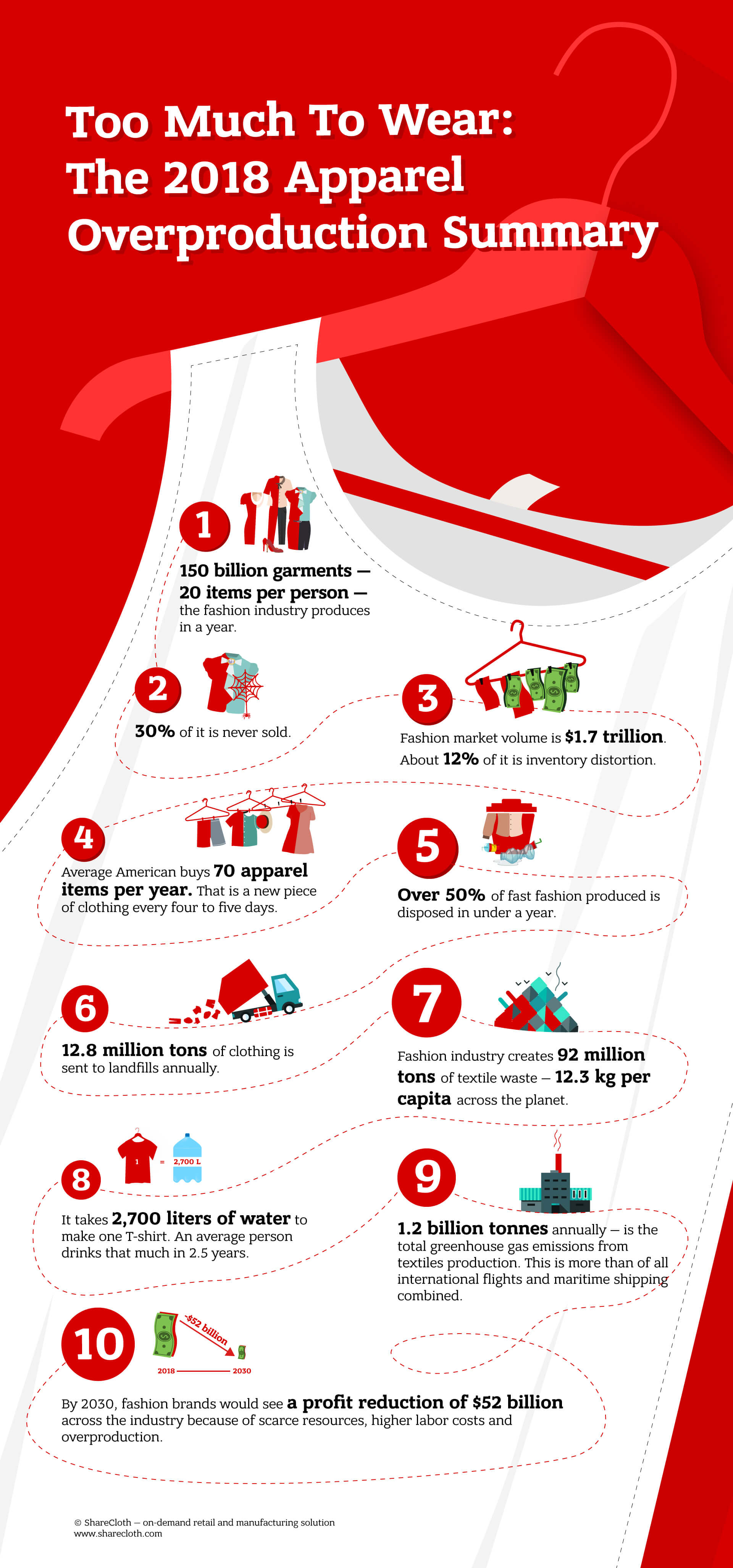For an industry as dynamic and fast-paced as fashion, why do so many fashion brands fail? A topic that’s covered more and more of late, in the wake of so many retail stalwarts and iconic fashion brands filing for bankruptcy.
The fashion industry is famous for its smoke and mirror image. Things are never how they appear to be. This ‘opaque-ness” is often engineered on purpose. It suits the industry to hide the truth and only show the glamour and success. After all – it is glamour and success that create desire and lust, that in turn generate sales.
But peel off the top layer and the truth is rather different.
The fashion industry has been going through a decisive era of major consumer, channel, and supply shifts while suffering from increased economic volatility.
This in itself has led to the bankruptcy of countless small, medium and large brands. Many have come out as a surprise to those not “in the know”. The few on the inside of the industry have seen the writing on the wall for a while, knowing it’s just a matter of time, until…..the inevitable comes to light.
While the reasons why so many new and older fashion brands fail are many, the main ones that the public hears of are the lack of finance and changing economic environment. These two reasons are more often than not cited to blame for the demise of many brands.
But, the truth is somewhat different.
Rarely it’s just one factor that causes why fashion brands fail. Often, the multitude of reasons is closely interlinked. And if you drill further down, often these reasons are rooted in bad manufacturing choices.
99% of the time, poor manufacturing is due to a combination of these three key factors: greed, need & vanity.
Here is how they manifest themselves in practice and what really is the reason why fashion brands fail.
1. Bad supplier choice
“Choose carefully because the choices you make today will determine what you have and what you will be tomorrow”
The above quote is a piece of sage advice for any business, but especially for fashion brands when it comes to manufacturing.
Those brands who do survive to tell the tale can bore you to tears with stories of working with “bad manufacturers” and manufacturing disasters.
But are the manufacturers to blame or the designers for the manufacturing choices they made?
If you ask me – the bigger problem is the designers and the choices they make.
Related reading: How to Work with Fashion Manufacturing Companies as a Start-Up.
Many designers select manufacturers to work with in times of crisis.
Perhaps they left finding a manufacturer too late. Or had an unrealistic idea of what manufacturing looks like and end up settling for anyone who says YES.
Perhaps they were badly let down by another, they had orders to fulfill and time was of the essence, so the selection criteria that they may have applied under normal circumstances is thrown out and the “hope and pray” selection process adopted?
Often choices are made based on unrealistically set prices, to begin with. You don’t know what you don’t know, right?
So if you don’t know how to work out what you should pay in order to sell at a profit, and what is a realistic price to pay for your product, the selection on price alone is an excellent recipe for disaster. Competing on price without the understanding of how and at what costs your competitors operate at the price level you’re aiming at is the equivalent to business suicide.
Lastly, how often have you made a choice for anything based on their reputation for working with celebrities?
Yes! We all make these choices based on vanity. While they often lead us to regret it, the price we pay for individual decisions is smaller than the price a business pays when the choice determines the outcome.
New designer brands often need painful lessons in order to learn to put vanity aside. falling for factories who claim to work with famous brands is akin to playing with fire. It could be true, but then again, it may have been true in the past….and no longer the case. It’s a question of interpretation. Either way, that in itself should raise a handful of questions a brand should seriously ponder on before taking another step.
Small brands want to work with big manufacturers.
Large brands want lower prices.
The manufacturers – they make the best of the situation to survive.
2. Wrong prices
Most fashion brands fail because they operate at a loss.
This losing trend starts early on when they begin to develop their ideas into products and commit to manufacturing.
Without industry knowledge or the helping hand of a trusted guide, a vast amount of money is spent on developments – a sunk cost most designers and brands rarely see as important to reign in and keep in check.
This only gets worse when manufacturing prices are negotiated without a clear understanding of operating margins, profit margins, RRP price structure …etc
Most small designers waste years not understanding how factories run their businesses and how they set their manufacturing prices. This leads to brands setting the wrong prices to begin with and establishing an operational price level for the brand from which it is hard to reposition.
Add to this the badly formed belief or external pressure to offer discounts in order to generate sales and its only a matter of time before the damage caused is beyond repair.
3. Overstock / MOQ
If you are still in doubt that a wrong supplier choice and wrong prices can really be the true cause of why fashion brands fail, then perhaps you have a point. Perhaps either of these reasons alone is not so fatal for a business and with some strong management, the right way can be found.
But often these two factors are just the beginning of a chain of events that ultimately lead to product overstock.
In order to work with “attractive” factories that proclaim to work with the creme de la creme of fashion brands, or be taken on as a client in order to get out of crisis and save the day – often brands must commit to larger manufacturing minimum order quantities (MOQ).
Those competing on price blindly also must agree to large MOQs in order to have manufacturing costs reduced.
Making any decision blindly without the support of data often leads to disaster. When these decisions involve numbers – often the math doesn’t stack up in the end.
Committing to large MOQs without a clear and proven plan of how to sell this stock quickly at a profit or in the worst case scenario at “break even” quickly mounts up. Once you start working with a factory the wrong way, it is hard to change without yet again changing manufacturers.
Unsold stock, or “overstock” as it is commonly referred to in the industry is simply put dead cash – money you cannot use to put back into your business, pay bills or spend. According to data, some 30% of all manufactured products remain unsold. My guess is that a large proportion of this stock is with smaller brands who simply don’t have the know-how, experience and “muscle” to move stock fast, compared to larger and better-known brands.
Overstock most often happens in times of boom, when the success businesses experience cloud their judgment and falsely leads them to believe that the good times will never end. It is this sentiment that led to the demise of many brands in the wake of the 2007/8 global recession. The conspicuous consumption that defined much of the decade of 2000’s seemed like it was never going to end, so brands overbought confident that one way or another they will sell through. Or if they didn’t, the success of the future collections will make up for the loss of past over-buys. Sadly, when the moment of truth came, the math didn’t stack up.
Overstock is like cancer to the fashion business. It is often undetected until it is too late and chances of survival are hard to predict because the only remedy is sales, and sales are not reliably predictable.

Why do so many fashion brands fail is easy to explain. Contrary to popular belief, it is also easy to prevent.
Laser focus on your manufacturing and make informed choices that do not come from a place of greed, need or vanity.
And remember to choose carefully!
Because the choices you make at the start with your manufacturing will determine the (success) story of your business later.
Why do you think businesses fail? Could you think of some reason we haven’t covered? Leave us a comment below.





